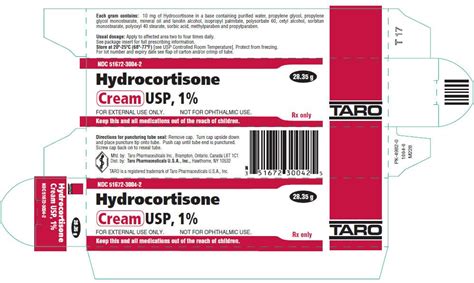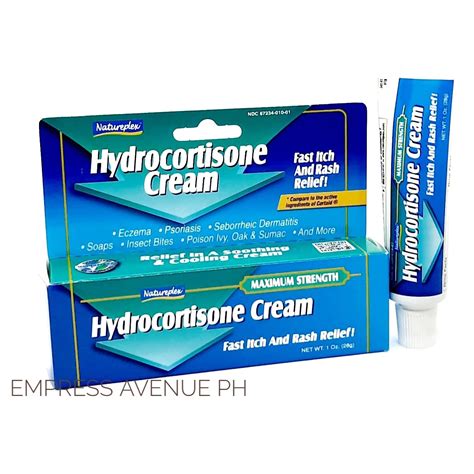Intro
Discover hydrocortisone cream uses for skin issues like eczema, acne, and dermatitis, reducing inflammation and itching with topical steroid treatment, relieving redness and irritation.
Hydrocortisone cream is a topical steroid medication that has been widely used for various skin conditions. It is available over-the-counter (OTC) in different strengths and is also available by prescription for more severe cases. The importance of hydrocortisone cream lies in its ability to reduce inflammation, itching, and redness associated with various skin conditions. This makes it a staple in many households and a frequently recommended treatment by healthcare professionals.
The versatility of hydrocortisone cream is one of its key benefits. It can be used for a range of skin issues, from minor irritations to more chronic conditions. Understanding the uses, benefits, and potential side effects of hydrocortisone cream is essential for individuals looking to manage their skin health effectively. Whether you're dealing with a minor skin irritation or a more serious condition, hydrocortisone cream can often provide relief. In this article, we will delve into the uses, working mechanisms, and precautions associated with hydrocortisone cream, providing readers with a comprehensive guide to this widely used medication.
As we explore the world of hydrocortisone cream, it's crucial to recognize the significance of proper usage and the importance of consulting healthcare professionals for personalized advice. With its widespread availability and application, hydrocortisone cream has become a go-to solution for many. However, like any medication, it should be used judiciously and with a clear understanding of its effects and potential interactions. By doing so, individuals can harness the benefits of hydrocortisone cream while minimizing risks, ensuring the best possible outcomes for their skin health.
Introduction to Hydrocortisone Cream

How Hydrocortisone Cream Works
The mechanism of action of hydrocortisone cream involves the reduction of inflammation and the modulation of the immune response. When applied to the skin, hydrocortisone penetrates the skin layers and binds to specific receptors, triggering a cascade of effects that ultimately lead to the reduction of swelling, redness, and itching. This makes it an effective treatment for conditions characterized by inflammation, such as eczema, dermatitis, and allergic reactions.Common Uses of Hydrocortisone Cream

Benefits of Using Hydrocortisone Cream
The benefits of hydrocortisone cream are numerous, including its ability to provide quick relief from itching and inflammation, its ease of use, and its availability in various strengths to suit different conditions. Additionally, hydrocortisone cream can be used on different parts of the body, including the face, although with caution and under medical guidance to avoid side effects such as skin thinning.Precautions and Side Effects

Steps for Safe Use
To use hydrocortisone cream safely and effectively: 1. Always read the label and follow the instructions. 2. Use the cream for the shortest amount of time necessary to clear up the condition. 3. Avoid using hydrocortisone cream on sensitive areas or broken skin without consulting a doctor. 4. Do not use it on children without medical advice. 5. Be cautious of interactions with other medications.Alternatives to Hydrocortisone Cream

Choosing the Right Alternative
When considering alternatives to hydrocortisone cream, it's essential to consult with a healthcare professional. They can provide guidance based on the specific condition, its severity, and the individual's health status. This ensures that the chosen alternative is both safe and effective.Conclusion and Future Directions

Final Thoughts
The key to maximizing the benefits of hydrocortisone cream while minimizing risks lies in informed use and consultation with healthcare professionals. By doing so, individuals can effectively manage their skin health, ensuring the best possible outcomes for their specific conditions.What is hydrocortisone cream used for?
+Hydrocortisone cream is used for various skin conditions, including eczema, contact dermatitis, allergic reactions, and skin irritations, to reduce inflammation, itching, and redness.
Can I use hydrocortisone cream on my face?
+Yes, but with caution and under medical guidance. Hydrocortisone cream can cause skin thinning and other side effects, especially with prolonged use on sensitive areas like the face.
How long can I use hydrocortisone cream?
+The duration of use depends on the condition being treated and the strength of the cream. Generally, it's recommended to use the cream for the shortest amount of time necessary to clear up the condition, usually a few days to a week, under medical guidance.
We invite readers to share their experiences with hydrocortisone cream, ask questions, or seek advice on managing skin health. Your engagement is valuable, and we look forward to hearing from you. Whether you're a healthcare professional or an individual seeking information, this platform aims to provide a comprehensive resource for all your queries related to hydrocortisone cream and skin care.
